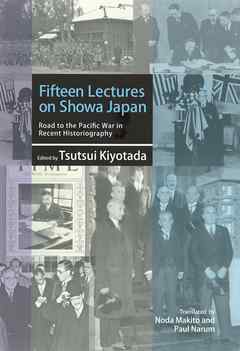無料マンガ・ラノベなど、豊富なラインナップで100万冊以上配信中!
無料マンガ・ラノベなど、豊富なラインナップで100万冊以上配信中!

Why did Showa Japan rush to war? Where did Japan fail? This compilation of the most up-to-date studies by 15 leading Japanese historians tries to find answers to these questions. Each chapter contains a list of selected reference books with brief annotations for the benefit of readers who wish to study more about the subject. The fifteen chapters offer nuanced understanding of prewar Showa history that challenges stylized discourse about Showa Japan prevalent in recent historiography.
...続きを読む※アプリの閲覧環境は最新バージョンのものです。
※期間限定無料版、予約作品はカートに入りません
※アプリの閲覧環境は最新バージョンのものです。